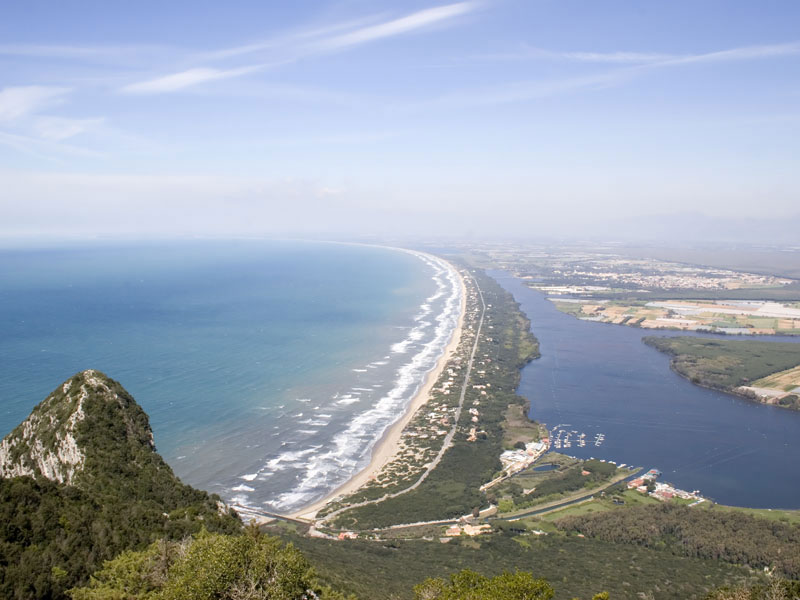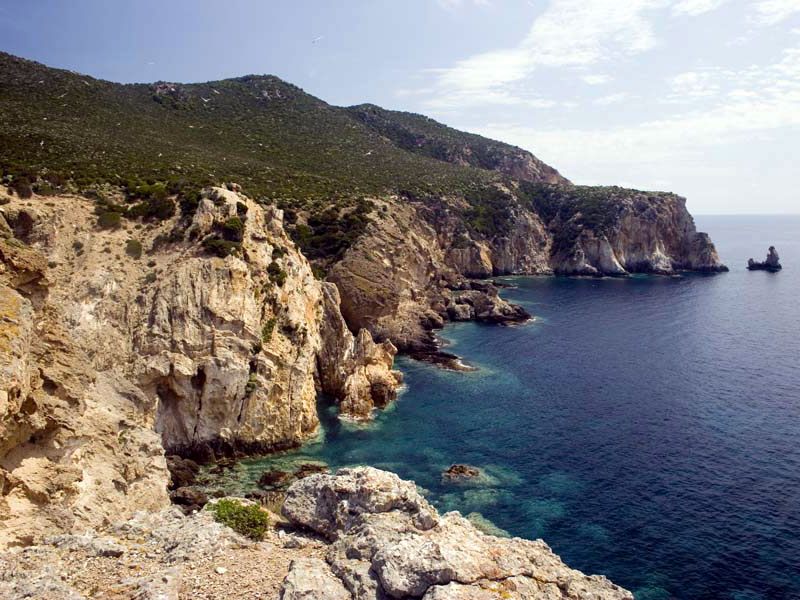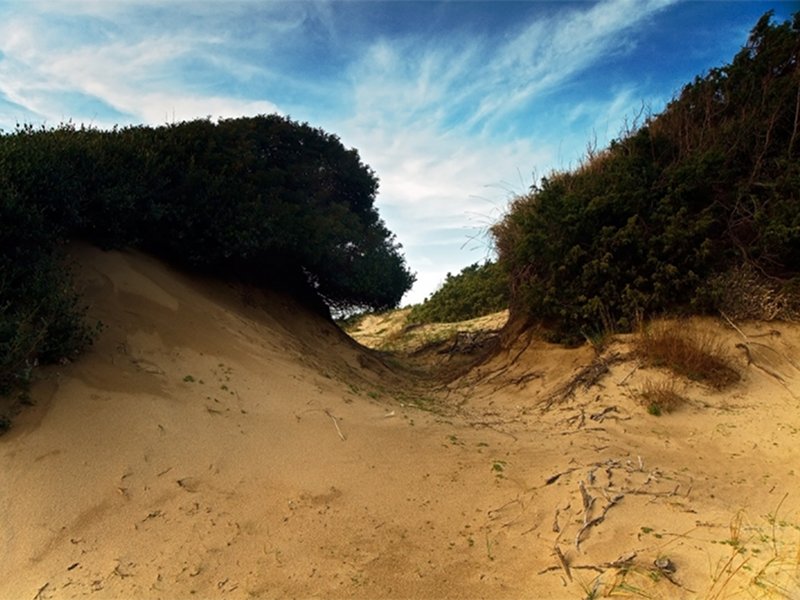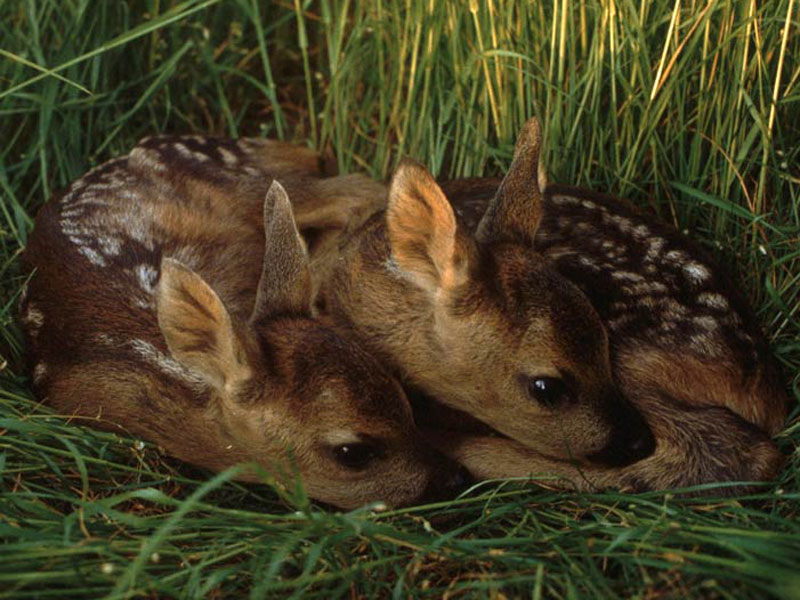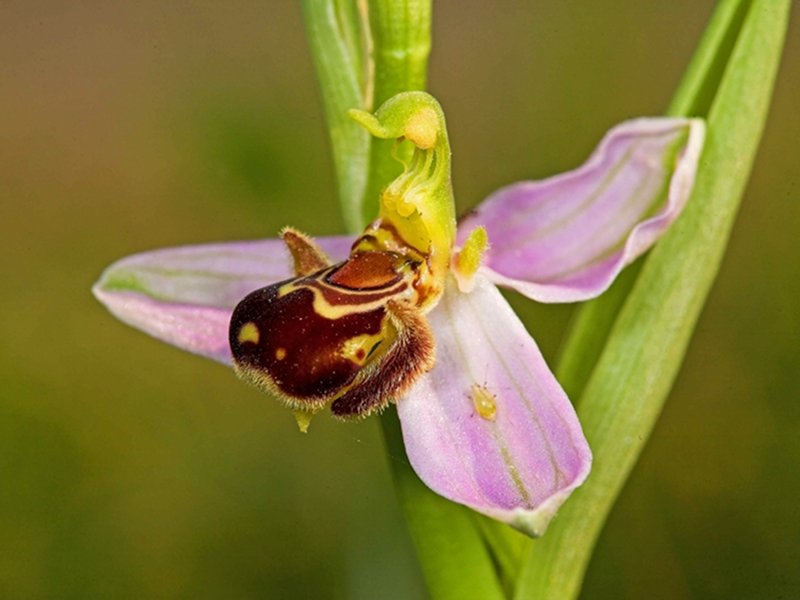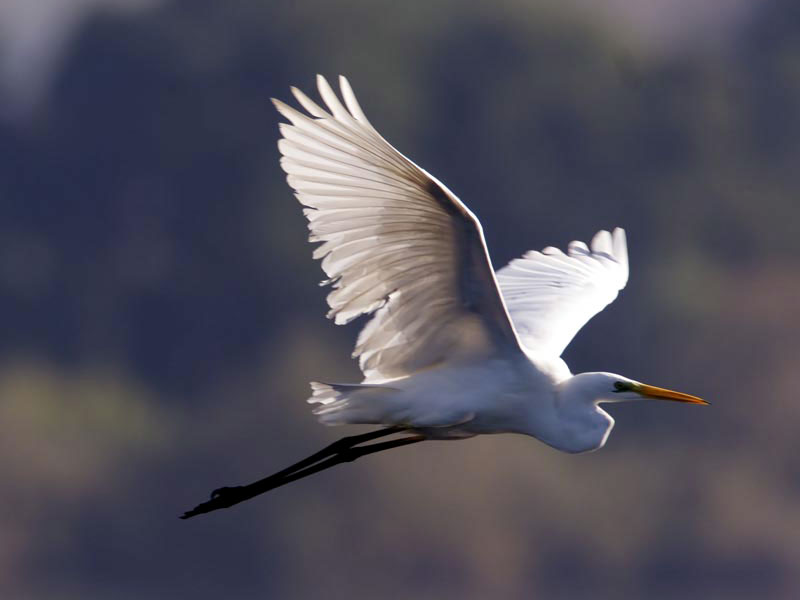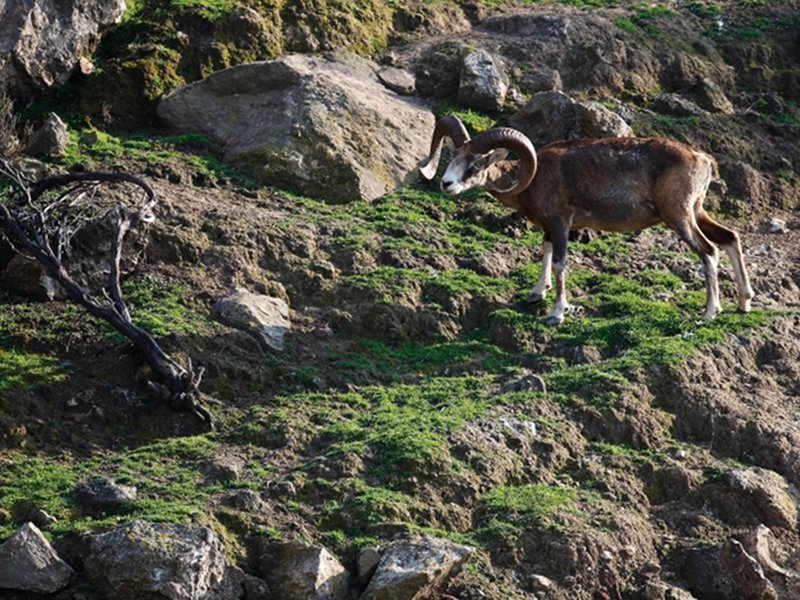Protected Area
Identity Card
- Circeo National Park:
- Land Surface Area: 8'484.00 ha
- Protected wildlife: 46 species (Italian text)
- Habitats: 21 types (Italian text)
- Regions: Lazio
- Provinces: Latina
- Municipalities: Latina, Ponza, Sabaudia, San Felice Circeo
- Establishment Measures: RDL 285 25/01/1934 - L 394 6/12/91, DPR 4/4/05
- PA Official List: EUAP0004
- Park Authority: Ente Parco Nazionale del Circeo
- Further managed Protected Areas:
- Zona di Protezione Speciale Parco Nazionale del Circeo
- Zona Speciale di Conservazione Dune del Circeo
- Zona Speciale di Conservazione Fondali tra Capo Circeo e Terracina
- Zona Speciale di Conservazione Fondali tra Capo Portiere e Lago di Caprolace (foce)
- Zona Speciale di Conservazione Foresta Demaniale del Circeo
- Zona Speciale di Conservazione Isole di Palmarola e Zannone
- Zona Speciale di Conservazione Laghi Fogliano, Monaci, Caprolace e Pantani dell'Inferno
- Zona Speciale di Conservazione Lago di Sabaudia
- Zona Speciale di Conservazione Promontorio del Circeo (Quarto Caldo)
- Zona Speciale di Conservazione Promontorio del Circeo (Quarto Freddo)
- Zona Umida di Interesse Internazionale Lago dei Monaci
- Zona Umida di Interesse Internazionale Lago di Caprolace
- Zona Umida di Interesse Internazionale Lago di Fogliano
- Zona Umida di Interesse Internazionale Lago di Sabaudia
(The following links lead to Italian web pages)
The history of Circeo National Park
Identity card
Institutional bodies
Organizational structure
Projects
The Park
A casket of biodiversity
Circeo National Park is situated along the Tyrrhenian coast in the South of Rome, between Anzio and Terracina, and it extends itself for about 8,500 hectares in the Province of Latina, in particular in the Municipalities of Latina, Sabaudia, San Felice Circeo and, for the insular part of the Island of Zannone, Ponza.
Thanks to its establishment when the Pontina area was subject to radical interventions of draining according to the programme of the Integral Reclamation, the whole deforestation of the ancient and inhospitable "Selva di Terracina" was avoided. As a matter of fact, a little part of it was not cut, and together with the Lake of Sabaudia, the Coastal Dune, and the Circeo Promontory it formed the first territorial configuration of the Park. Then Circeo Park has step by step modified the quantity (territorial variations) and the quality (establishment of Nature Reserves and international and environmental awards) of its territorial basis.
The Coastal Dune
A full of life crescent
Along the coast, from the calcareous layers of the Promontory and for 25 kilometres toward the north up to Capo Portiere, the Coastal Dune of Circeo National Park develops with its typical half moon shape. The Coastal Dune of the Park is a unique environment in the Park, that is why it is protected by the European Union. The beach is made of fine sand and, on the back of it, the dune bar rises up with an altitude of 27 metres in the higher points.
The Forest
Circe Forest: a spell that still lasts
The forest known as Selva di Circe is one of the few forests on the plain which has been better preserved and, with an extent of 3,300 hectares, it is also the widest one of its kind in Italy. It maintains many of the typical features of Selva di Terracina, the ancient coastal forest, which took up more than 11,000 hectares before the drainage carried out during the 1930s.
The Promontory of Circeo
A great encounter between nature, myth and history
Anywhere you are or you go in the Pontina Plain, it will be impossible not to notice the Promontory of Circeo, a 541-metres high calcareous relief which is the symbol of the park itself. Its outline has always been letting one's imagination run wild and transformed this promontory into the place of gods, witches and heroes.
The Wetlands
A spectacle that must be preserved
Close and side by side to the Coastal Dune, a wet and lagoon environment develops. It is formed by four coastal lakes that follow one another (The Lake of Sabaudia or Paola, the Lake of Caprolace, the Lake of the Monaci and the Lake of Fogliano) and by wetlands which are flooded depending on the season.
The Isle of Zannone
A perfectly preserved paradise
The Isle of Zannone belongs to the archipelago of the Pontine Islands with Ventotene, Ponza, Palmarola, Santo Stefano and Gavi. It is the most northern isle and third last considering its extent of 103 hectares (equal to about 0.9 square kilometres). Zannone is the only isle made of volcanic rocks but also of metamorphic and sedimentary rocks dating back to more than 200 millions of years ago.




